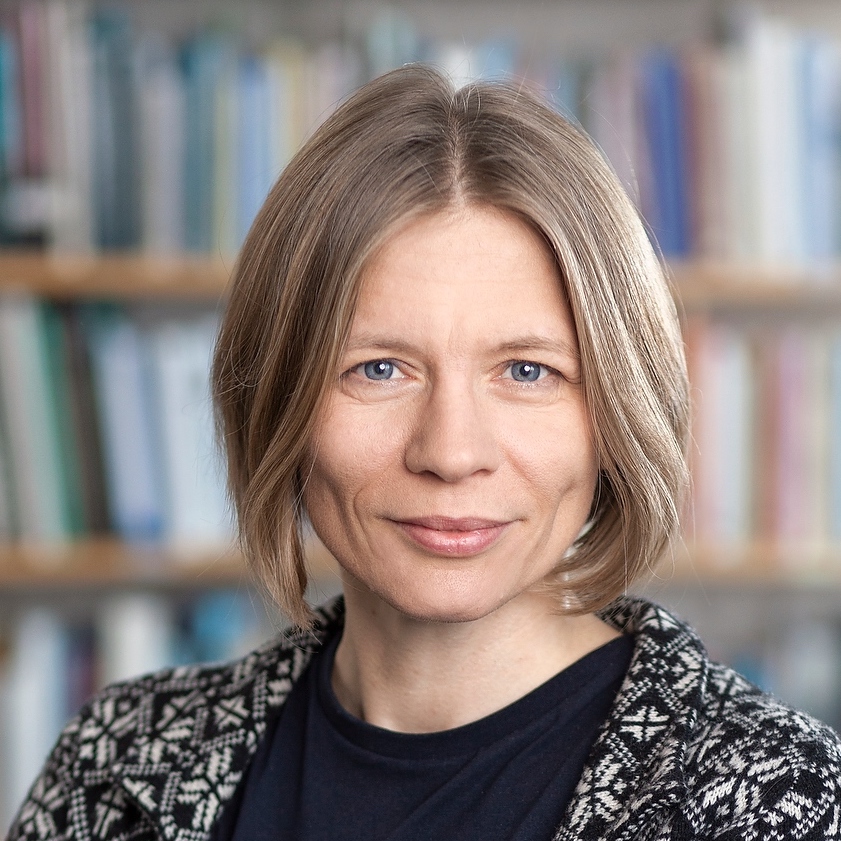Sweden
The Swedish Team will work on heritage sites in Antarctica and Japan. Curated decay will inform the research in Japan. Due to the perishability of wooden materials and Japan’s vulnerability to natural catastrophes, decay is built into traditional curation and reconstruction practices of heritage management. Combined with Buddhist aesthetics, heritage practices favour process and function over exact form. We will ask if it is possible to bring kintsugi, or the practice of repairing broken ceramics with gold – only reserved for certain heritage objects, to bear on industrial heritage sites of big factories or mines that have destroyed the landscape. The questions we will be asking is, should these also be repaired and how, and to what state?
On a continent without permanent human populations - indigenous or otherwise - official notions of Antarctic heritage do not compete with local and indigenous ontologies, but are constructed ex-situ under the Antarctic Treaty as Historic Sites and Monuments (HSM). Research on Antarctic heritage reveals a tendency to favour designation of sites related to national heroes, while excluding others, especially subalterns such as sealers. This project will not only consider official sites on the HSM list, but also material remains from human activity in general.14 This shift in perspective coincides with growing concerns about the impact of climate change on natural and cultural polar heritage and increased Antarctic tourism.
While some governments, heritage experts, logistics managers and others favour decay, arguing that this is the most meaningful way of dealing with Antarctic heritage, commonly objects are restored to previous states – leaving them in a state of suspended decay. In the current institutional framework, conserving historical remains in Antarctica is subordinated to environmental protection and often managed by natural rather than cultural conservators. This tension is increasing as climate change brings new pressures to the Antarctic environment. In Antarctica, where decay and ecological crisis are eminently visible, could interrogating decay change our value perceptions between natural and cultural heritage management in an environment where these practices are commonly shaped by external concerns?

Lize-Marie van der Watt
I am a historian based at KTH Royal Institute of Technology. I have a background in environmental history and history of science. I worked at the intersection between histories of science, the environment and geopolitics in both the Antarctic and Arctic. Having also worked at the interface of policy and polar science, my interest in heritage in Antarctica grew from discussions around questions of waste removal, heritage and infrastructure within the Antarctic Treaty System.
About project
I am the principle investigator of the DECAY project, with responsibility for administration. I lead the work on Antarctica, which I do together with Kati. Antarctica is a continent without permanent human populations - indigenous or otherwise - which means that official notions of Antarctic heritage do not compete with local and indigenous ontologies. Instead, they are constructed ex-situ under the Antarctic Treaty as Historic Sites and Monuments. There is a tendency to favour designation of sites related to national heroes, while excluding others, especially subalterns such as sealers. We consider not only official sites on the HSM list, but also material remains from human activity in general. This shift in perspective coincides with growing concerns about the impact of climate change on natural and cultural polar heritage and increased Antarctic tourism. In the current institutional framework, conserving historical remains in Antarctica is subordinated to environmental protection and often managed by natural rather than cultural conservators. This tension is increasing as climate change brings new pressures to the Antarctic environment. We ask whether interrogating decay can change our value perceptions between natural and cultural heritage management in an environment where these practices are commonly shaped by external concerns.

Kati Lindstrom
I am a scholar of environmental humanities with a background in semiotics, anthropology, environmental history and geography and trained in University of Kyoto (Japan) and University of Tartu (Estonia). In my work I have been interested in the interplay of personal and public in the environmental perception, more precisely on how individual experiences and cultural stereotypes influence the delineation and management of natural and cultural heritage sites (meant to be a scientific practice), and vice versa: how do individuals redefine their personal first hand experiences of landscapes according to cultural prestige and stereotypes held by larger influential groups. I have examined the mechanisms of meaning generation and identity building with the help of landscapes on individual, community and national level, analysing phenomena such as landscape protection, everyday practices, seasonality, literary representations and history writing, employing oral history, field work, literary texts and historical sources. Most of my work has been so far carried out in Japan and Estonia. In recent years, I have been increasingly working on Antarctic environmental history and heritage, seen through the lens of Japan and Latin-American countries.
My project in DECAY focuses on heritage practices in Japan, as well as working with Lize-Marié on Antarctica. Due to the perishability of wooden materials and Japan’s vulnerability to natural catastrophes, decay is built into traditional curation and reconstruction practices of heritage management. Combined with Buddhist aesthetics, heritage practices favour process and function over exact form. Discourses around these heritage practices suggest that the beauty of evanescence is only applicable to a certain type of heritage - wherein decay is carefully orchestrated. However, heritage takes many forms including industrial heritage and its surrounding scarred landscapes; or traditional agricultural landscapes such as fallow rice fields where decay is witnessed as overgrowth and abundant greenery. Can traditional practices of managing decay and evanescence be applied to heritage sites as these? What are the implications of considering the moral dimension of Japanese Aesthetics and the understanding that authenticity dwells in the practice of reconstruction or performance rather than in the object itself? What are the consequences of institutionalisation and internationalisation of heritage sites on traditional practices that embrace decay and historical change? Correspondingly, can communities accept abandonment on equal terms as classically orchestrated decay, and would institutionalised heritage let them do this?
